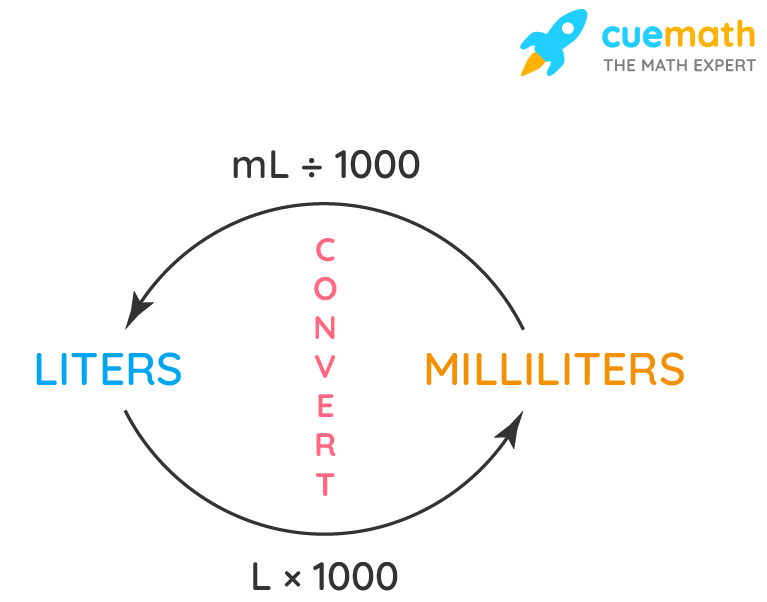What Does 10 mL Look Like? Understanding Volume Measurement
When it comes to measuring liquids, understanding different units of volume is essential. One commonly used unit is milliliters (mL), which is frequently found on medication labels, cooking recipes, and scientific measurements. In this article, we will explore what 10 mL looks like and provide visual comparisons to help you better understand this volume measurement.
1. What is a Milliliter (mL)?

Milliliter (mL)
Definition: A milliliter is a unit of volume equal to one-thousandth of a liter. It is commonly used to measure small amounts of liquid.
2. Visual Representations of 10 mL:
Picture a Standard Medicine Dropper: A typical medicine dropper commonly holds about 1 mL of liquid. Visualize filling the dropper approximately ten times to reach 10 mL.
Imagine Ten Standard Teaspoons: A standard teaspoon usually holds around 5 mL of liquid. Envision two teaspoons filled to their capacity to get an idea of what 10 mL looks like.
Consider a Shot Glass: Most shot glasses hold about 44 mL of liquid. Picture filling a shot glass to a little less than one-quarter of its capacity to approximate 10 mL.
Compare it to a Nail Polish Bottle: The average nail polish bottle contains approximately 10 mL of nail polish. Visualize the size of a nail polish bottle to gauge the volume of 10 mL.
3. Common Applications of 10 mL:

Applications of 10 mL
Medication Dosage: Many liquid medications, such as cough syrup or eye drops, may recommend a dosage of 10 mL. Using a measuring cup or syringe with clear volume markings can help ensure accurate measurement.
Cooking and Baking: Recipes often call for precise measurements, and 10 mL can be equivalent to approximately two teaspoons. It is essential to use measuring spoons or a kitchen scale for accurate results.
Science Experiments: In scientific research or laboratory settings, precise measurements are crucial. 10 mL may be used to prepare solutions, dilute substances, or measure liquids in various experiments.
4. Understanding Volume Conversion:
1 mL = 0.034 fluid ounces (fl oz)
1 mL = 0.202 teaspoons (tsp)
1 mL = 0.067 tablespoons (tbsp)
1 mL = 0.001 liter (L)
1 mL = 1 cubic centimeter (cc)
5. Tips for Accurate Measurement:
Use Proper Measuring Tools: When measuring liquids, use calibrated measuring cups, spoons, or syringes designed for accurate volume measurement.
Read Measurement Markings Carefully: Ensure that the measuring tool's markings are clear and easy to read. Place the container on a flat surface and view it at eye level for precise readings.
Avoid Estimating: Estimating volumes can lead to inaccuracies. It's always best to rely on proper measuring devices for precise measurements.
Understanding what 10 mL looks like is essential for accurate volume measurement in various contexts, from medication dosages to cooking recipes and scientific experiments. Visualizing comparisons to familiar objects, such as medicine droppers, teaspoons, shot glasses, and nail polish bottles, can help you grasp the volume of 10 mL more effectively. Remember to use proper measuring tools and techniques for precise and reliable measurements in your everyday life.